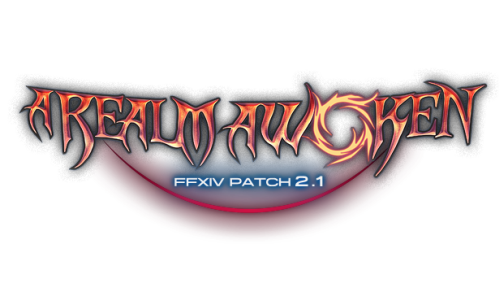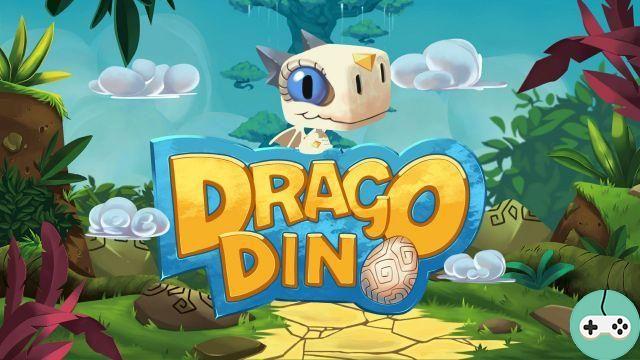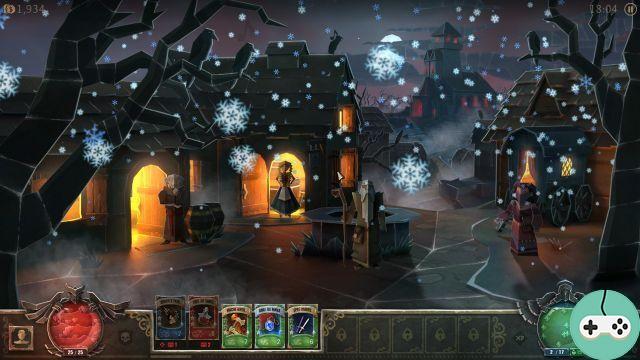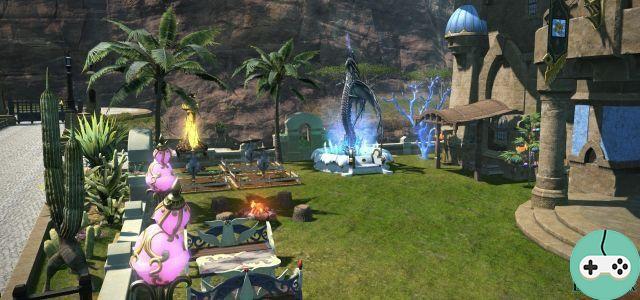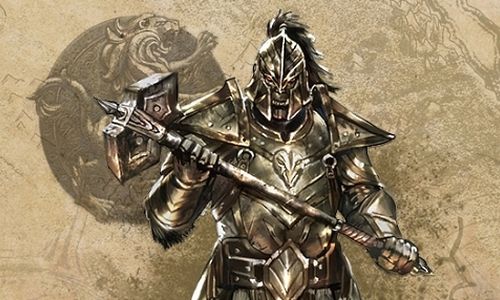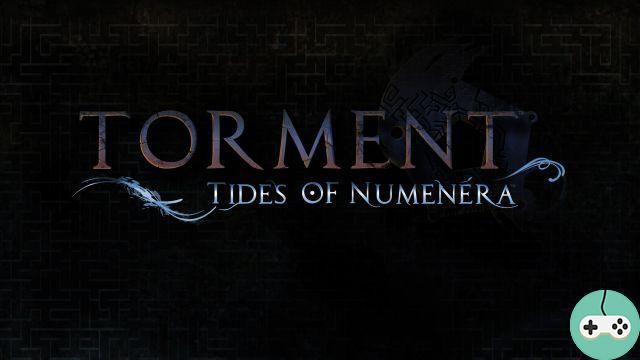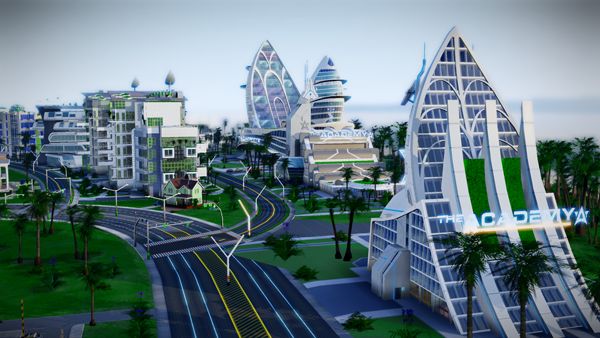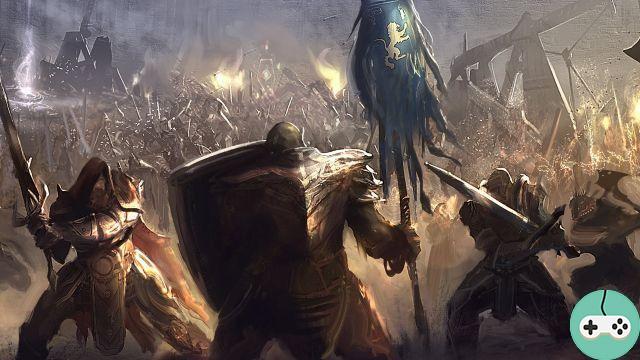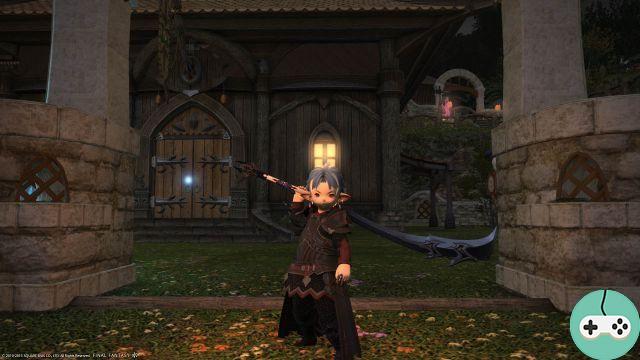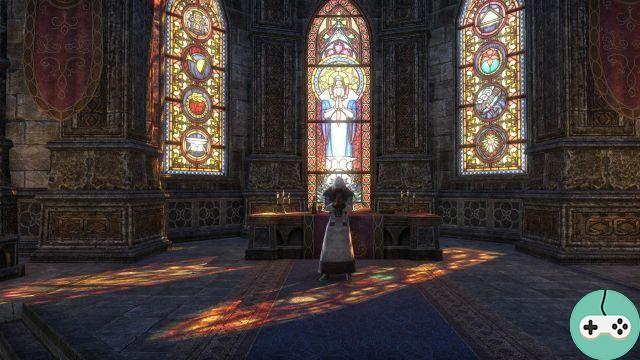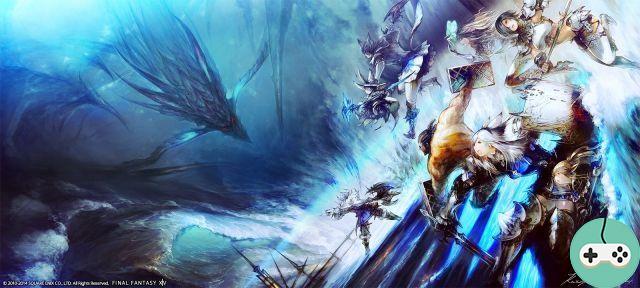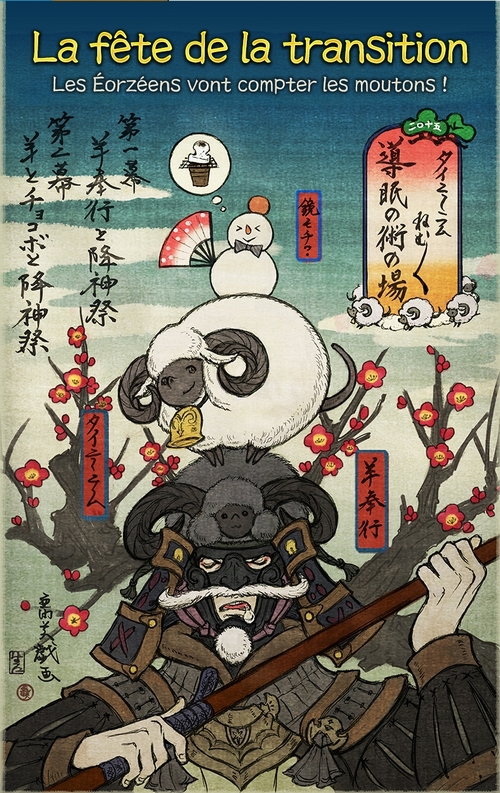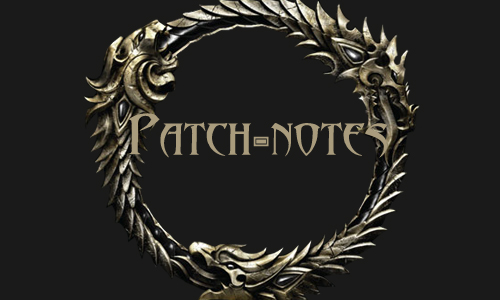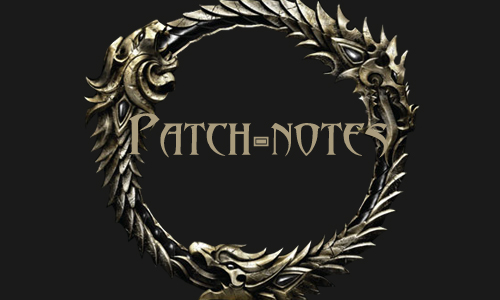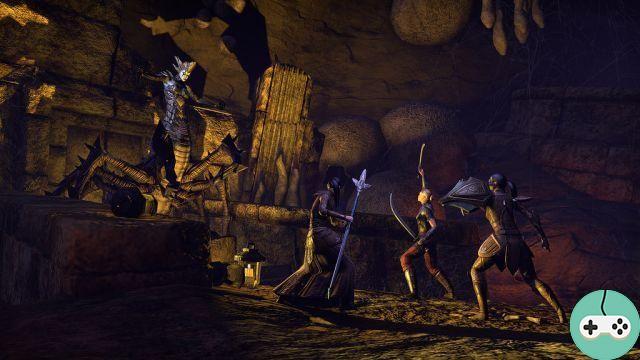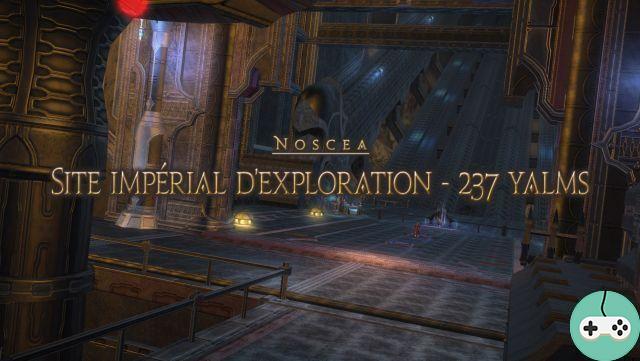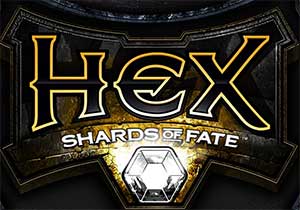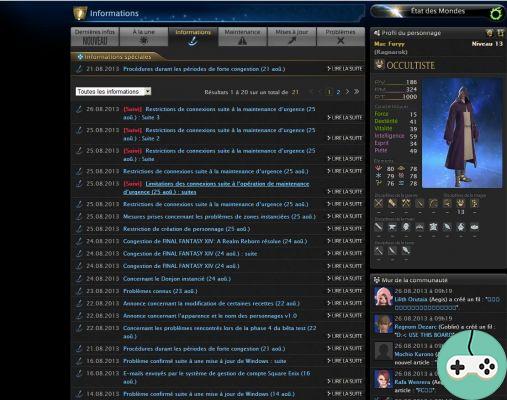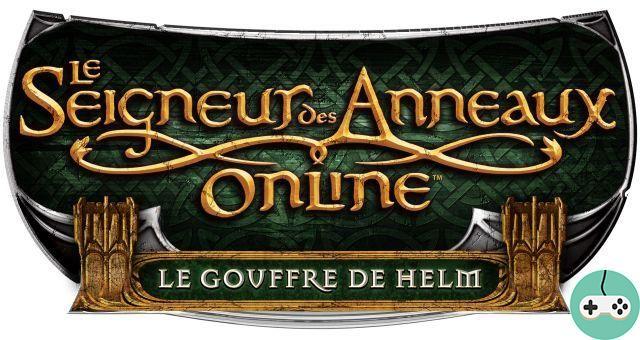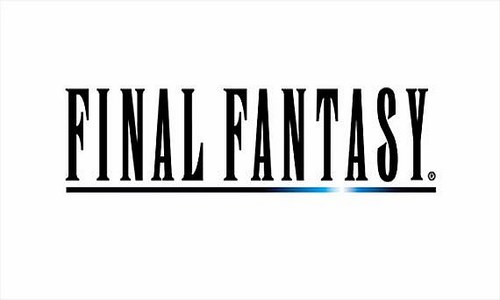
If there is one RPG series that remains etched in our memories, sure, Final Fantasy is it. A saga that has continued for 26 years now, made of ups and downs, but still present, and certainly forever in the hearts of many players.
Yet the bet was far from won. In 1987, role-playing games were just beginning to emerge, mainly thanks to Dragon Quest, from Enix, released a year earlier, the very first console RPG (on Nes) and which was a resounding success (1,5 million games sold).
Square

Square was at the very beginning a subsidiary of an electricity company, which wanted to develop its activity to offer video games, in 1983 (date of the revival of the video game market, in particular with the Nes). This is how she hires five young students, three of whom have become big names in the series: Hinorobu Sakaguchi, Nobuo Uematsu and Yoshitaka Amano.
Soon after, the subsidiary became independent, in 1986, and Sakaguchi took the lead in development. Times are tough, and despite several game releases, success still does not come, and financial worries threaten the very young company.
The same year therefore leaves Dragon Quest, which foreshadows the future of RPGs on consoles. Despite the risk of bankruptcy always present, Sakaguchi decides to raise their last resources to the creation of a last video game, inspired by Dragon Quest, and which will be their "last fantasy" (Final Fantasy), a name which is not well. Of course not insignificant, the failure of this title signifying the closure of the studio.
At the beginning

Treading through wasteland, a daring warrior chosen from the heavens had the power to restore balance to a world in peril. His crystal lodged in the palm of his hand, he brandished his sword at the threat of darkness and blocked purgatory with the help of the beneficent light. But this saving glow will only get the better of its rival once the power of the four crystals has been restored ... That of fire, which animates the essence of life and comfort. That of the wind, carrying the essence of mobility and animation. That of water, bathing the world in its infinite purity. And that of the earth, the support of all life. Thus the legend was born ...
In December 1987, Final Fantasy was released, Squaresoft's swan song, which proved to be a great success, saving the company from bankruptcy.
This Final Fantasy begins to lay the foundations for the series, with turn-based combat occurring randomly, with the monsters not visible on the screen until the start of the battle. The player controls four characters, the Warriors of the Light, and must form his team of four at the start of the game, from among six different classes:
- Guerrier
- Voleur
- Moine
- Red Mage
- White Mage
- Black Magus

The game begins to lay the foundations for the series, with mechanics now well known to gamers. Magic in particular, with the essential Fire, Ice and Lightning, the Healing and Life spell, and the Atomnium and Sidereal magic. The combat menus are also taking shape, with the Attack, Magic and Objects functions, which will be found in almost all the games.
It is also in this Final Fantasy that mythical weapons appear: Masamune, Excalibur, Ragnarok. There are also items common to all: potions, ethers, elixirs and mithril.
Success is confirmed ...

The heat of the flames carried within him the ardor of an Emperor determined to deliver Evil to the earth, which had nevertheless remained peaceful for centuries. Houses collapsed, towers collapsed, trees caught fire, then men fell to the blows of an army awake from the depths. The madness of the mighty then dragged the world into a deep abyss of despair. But the determination then rose above the blaze, and had the virtue of protecting what was most dear to the heart of all being: life. Resistance crept through the invader's unruffled bowels, so that justice could rule.
Almost a year to the day after the first, Final Fantasy 2 is born. Big surprise, despite what the title may indicate, the game is not at all a sequel to the previous episode, but it offers a completely different universe, story and characters. This will subsequently be a golden rule, despite a few exceptions (FF X-2, Tactics, Dirge of Cerberus, ...). The development team is however essentially the same, with among others Amano on the design and Uematsu for the musics.
The main difference with FF I is in the screenplay, written by Kenji Terada, which offers a real screenplay, much less classic than its predecessor. The game features four young orphans, wishing to avenge the death of their parents, caused by the tyranny of Emperor Palmécia. This one, in his quest for power, used old magic and takes advantage of it to satiate the world. The four orphans are pursued by hatred of the emperor and are miraculously saved by Princess Hilda and sage Minnwu, who will lead them to Altaïr, a remote town, cradle of resistance, where their quest for revenge will begin.

Final Fantasy II also differs from its predecessor by certain improvements and changes in the gameplay. Thus, our heroes no longer gain experience and therefore no longer level up. Progression occurs when using skills in combat. Thus, the skills most used will be the most powerful. It is in a mage's interest to use his magic as often as possible to increase this characteristic. This system will not be so popular in the end, the next installments returning to the classic "level-up" system.
However, it is in this title that certain functions appeared, now cult, and which will remain for a long time in the Final Fantasy series:
- the MP bar, which empties using magic.
- the Ultima spell, the most powerful spell that can be found.
- and of course the essential companion, the Chocobo! Designed by Kōichi Ishii, it takes the form of a kind of yellow ostrich, which is most often used as a means of transport.

And go on

The prosperity of a world seemed to be a grain of sand when the ocean of Darkness covered the beach of Light with its blackness. And when an earthquake engulfed the Guardians of the Bay to extinction, Hope and Light turned to dust. How then could men hope to live and survive in the face of the inevitability of Darkness? The answer was promised by the bearer of this dust, it blessed the souls of four warriors and placed on their shoulders the responsibility of their determination and their decisions. These orphans had the heavy task of making the deserved greatness of Hope and Light, guided and protected by the bearer of Good: The Eternal Wind ...
The 90s are coming, and it is in April of this year that Final Fantasy III arrives, but only in Japan. It will take 16 long years and a remake on Ds for the Western world to enjoy. Despite this limitation in the land of the rising sun, the game is still a big success, exceeding one million copies sold.
The game once again features four orphans, endowed with powers given by an ancient crystal. They thus become knights of light, fighting against darkness.

Taking up the system of jobs initiated by the first episode, this time it offers more than twenty jobs, each of which has its own level of experience, which must be increased by using the job.
This episode also brings its stone to the edifice of the FF myth, with in particular:
- the front / rear placement system, which increases / reduces physical damage
- the appearance of invocations, some of which have become legends: Shiva, Ifrit, Bahamut
- the first appearance of Cid, which will be a constant in every episode, usually a wise mechanic or chef, mostly quite old
- the birth of the Mogs / Moogles

A (r) evolution in progress

The exiled people flew to the Blue Planet, their hospitality reviving their hope for a new homeland. But the inhabitants of the Earth were in full evolution, which led the community to establish a second moon and to take up residence there until the awakening of the man for a future cohabitation. Refusing to submit to such a long sleep, one of the exiles thought of opting for the colonization of the Blue planet, but was selected before carrying out his project. Another exile received permission to settle on Earth, he brought there the wisdom and knowledge of his people by planning the creation of airplanes and by shaping an occult passage between two countries of the Blue planet. He also shared his life with a woman and gave birth to two children. Even today, her soul haunts the Mont du Supplice, while her two boys argue over the fate of the universe ...
November 1990, a year which saw the arrival of the Super Famicom in Japan (Super Nintendo here), the new console made in the plumber brand. Although its direct competitor, the Megadrive, has been available in stores for two years now, Squaresoft remains loyal and continues to develop games, for the Super Nes this time. Final Fantasy IV therefore arrives in July 1991 and is still a triumph, 1,5 million games are sold in Japan alone.
The game features a dark knight, Cecil, in the service of Baron's kingdom. Under the command of his king, he leads his army, the Red Wings, into battle, spreading terror in an attempt to recover crystals. His curiosity finally earned him to be deposed and to be forgiven, Cecil, accompanied by his friend Kain, had to carry out a mission, which would prove to be the cause of the disappearance of an entire village. This event is the last straw, and will decide Cecil and Kain to rebel against their king.

The scenario gives pride of place to strong feelings, love, mourning, despair, and at the same time will give a lot of depth to the characters.
Even if in fact, the combat system changes little, it should be noted the appearance of the famous Active Time Battle, a system which will be found later in many episodes, and which offers dynamic combat, not just turn-by-turn. round, but depending on the filling of a gauge, more or less long depending on the character and his characteristics.
Final Fantasy IV is the second FF to be released in the United States. It was released there under the name Final Fantasy II, cut off many scenes and translations, thank you censorship. It was not until 2002 that FF IV, accompanied by the V, landed in Europe on the Playstation. Unfortunately without spanish translation. The game was then reissued on Game Boy Advance in 2005, with numerous bonuses and graphics improvements. Then in 2007, a complete 3D remake was offered on the Nintendo DS, with many improvements and a graphic overhaul.
We take the same ... and we evolve

Is it nostalgia that sustains life and provides a present existence? What is the use of remaining in the present when all the riches belong to the past? The answer to these questions vanishes like any soul, when Nothingness spreads its immense black veil ... It is death that animates life, because it is the goal and the destiny of each of them. Although man and his works are always inhabited by a holy glow, it is definitely death which is at the end of the road ... Everything is doomed to extinction, everything. And yet, life struggles, and death recedes. Also the burning desire to live resurfaces, and forges its essence in four elemental crystals spread over the planet. The Void is sealed by these artifacts, but one day it will extricate itself from its chains, and begin a new conquest. It will be the turn of the new generation to carry the torch of survival. Four warriors, following in the footsteps of their predecessors. Four newly elected, launching an appeal overflowing with fury. If tomorrow, the past reappears, then only the present will offer the best.
The rate of release of Final Fantasy is far from running out of steam, and carried by the triumph of the Super Nes, Squaresoft released the fifth opus of its flagship series in December 1992, in Japan. A title which follows in the footsteps of the success of its predecessor, and which is even stronger: 2,5 million Japanese will throw themselves on the game cartridge!
Paradoxically, despite this phenomenal success, this Final Fantasy tends to be fairly quickly forgotten by players, preferring its ancestor on the 4th, who brought with him a lot of innovations, or his little brother on the 6th, one of the favorites of series. However, this title does not lack qualities. Taking the ATB system set up by the IV, it also takes over the job system, this time adding the possibility not only to change jobs at any time, but in addition to being able to keep certain skills from each job. For example, the player is free to play a Knight who can heal himself, with the skill of White Mage. An evolution of the system which becomes much more strategic.

The scenario is a sacred monument too, multiplying the twists and bringing the player in a story much less linear than before. The wind seems to stop blowing, and the King of Tycoon decides to leave for the Temple of the Wind, fearing that the Wind Crystal, ruling this element, is in trouble. Her daughter Lenna, faced with her father's delay, decides to go looking for her, and crosses paths with Bartz, an adventurer, as well as Galuf and Faris. Eventually, they helplessly witness the destruction of the crystal, and the King, despite some strange behavior, sends them to protect the other three crystals from Fire, Earth and Water. Receiving crystal fragments, they receive the powers of former knights, and in turn become Warriors of the Light (hey, hey, that's not new).
Despite a release only in Japan, this game was finally reissued also on Playstation in the United States in 1999, and in Europe in 2002, in an Anthology edition, bringing together Final Fantasy IV and V, of course in English. Nevertheless, it was translated a little later, in 2007, with its release on Game Boy Advance, with a few new features: four additional jobs, new dungeon, equipment, bestiaries, and quick saves.
It's not just Final Fantasy in life
Along with the development of FF, Square explored other avenues, notably on Nintendo's portable console, the GameBoy, and in June 1991 offered Seiken Densetsu: Final Fantasy Gaiden. Despite its title, the game has no real link with the FF series, but thanks to its good success in Japan, it was released in the USA and even in Europe, two years later, and took the title of Mystic Quest. This game marks the start of a new franchise, which will continue with the sequels, Secret of Mana and Secret of Evermore, two RPGs well known to aficionados who will also have their pretty little success.
In 1995, the Super Nes began to be at the end of its life, and Square developed its last titles for this machine. In particular Chrono Trigger, a monument of the RPG, developed by the Dream Team of Square, and whose characters were created by Akira Toriyama, dad of Dragon Ball and Dr Slump.

The beginning of a new era

Virtue is a fragile good, it creeps into the nature of people and only great human values are able to draw on the light of its riches. The art and the way of life unfortunately lead to breaking this link, when the darkness of certain spirits freezes the heat of cordial understanding. When the heat of the soul is frozen by corruption and the thirst for power, virtue is withdrawn from existence, the time of a millennium, to let humanity question itself. The regret of a past, the admission of solidarity, the whiteness of altruism, the demon of the ascendant game, the innocence of childhood, a promise on the borders of introversion, brotherhood to the test opposition ... or love reflecting death on the mirror of time. What a spectacle of feelings is offered to the world, those who share, those who heal, those who hurt. And what a slow return, simmering its influence on the altar of Evil, as in the past. Will human nature sweep away all this flow of life, or will it make it better? The virtuous monarchs will decide, at the good will of the camp which will conquer them.
1994, a historic date in the history of Final Fantasy, because it is the year in which one of the most acclaimed and appreciated episodes will be released. The sixth opus is indeed always in the memories for many reasons, in particular its scenario and the very advanced psychology of its characters, and will mark the beginning of a golden age of the series.
1000 years after the War of Magic, the humans and the Espers who clashed now live on their own. Magic is a distant memory for men, which has been replaced by science and technology. The Empire, led by the vile Gesthal, has recently developed a new technology, named Magitek, a fusion of science and magic, and it is using it to invade neighboring states. A mysterious creature is found in a mine in the town of Narshe, and Gesthal sends soldiers there, along with a mysterious young woman to investigate. Strange events will happen during this investigation, and will lead the young girl to the resistance, which has fought for years against the Empire, and to a strange world.

The storyline, unlike a classic RPG, doesn't feature one or a few heroes, but puts 14 different characters on an equal footing. None takes up more space than another, the choice is left to the player to discover the characters of each, through the main scenario or mini-quests. This FF really marks a turning point in the history of RPGs, in terms of how to approach a story. It also features one of the most charismatic and vile villains that the series has counted, Kefka, a sort of not-so-funny clown.

The combat system is relatively close enough to its predecessor, the ATB still giving pride of place to the dynamism of the combat, the only real innovation comes from being able to select the character who attacks when several have their ATB bar full.
This episode will be the last on Super Nes, and will also be the last on Nintendo for quite a few years. It will be reissued on Playstation in 1999 and on GameBoy Advance in 2006, offering new Espers and powers.
Note the appearance of some emblematic figures in the series: the Pampas, the small cacti that sting strongly, or even the Tomberries. It is also in this FF that the Ultima magic appears for the first time, generally the most powerful in games.
 Pampas
Pampas
 Tomberry
Tomberry
This concludes this article reviewing the beginnings of Final Fantasy, a cult video game saga.




